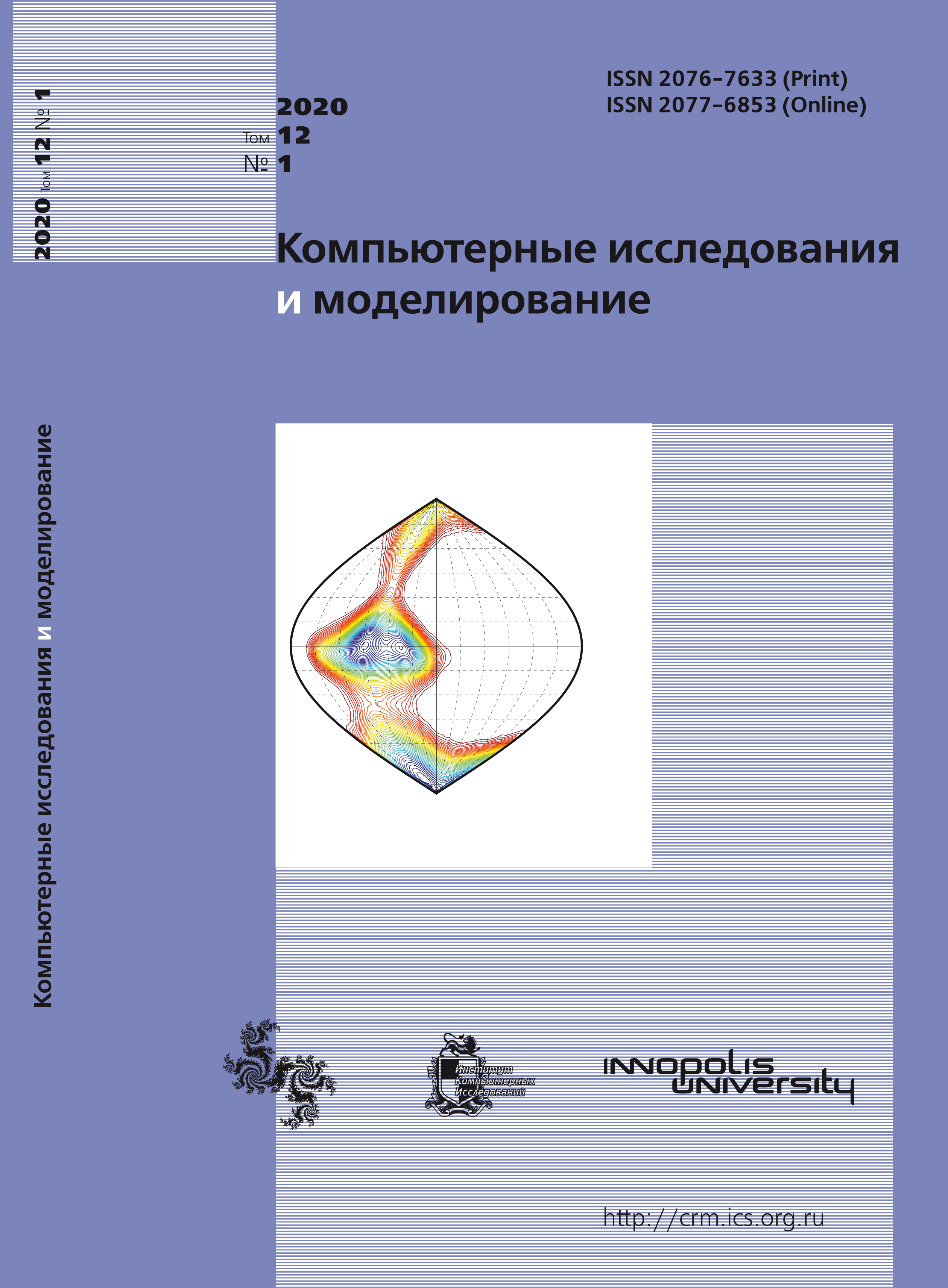All issues
- 2024 Vol. 16
- Issue 1 (special issue)
- 2023 Vol. 15
- 2022 Vol. 14
- 2021 Vol. 13
- 2020 Vol. 12
- 2019 Vol. 11
- 2018 Vol. 10
- 2017 Vol. 9
- 2016 Vol. 8
- 2015 Vol. 7
- 2014 Vol. 6
- 2013 Vol. 5
- 2012 Vol. 4
- 2011 Vol. 3
- 2010 Vol. 2
- 2009 Vol. 1
High-throughput identification of hydride phase-change kinetics models
 pdf (161K)
pdf (161K)
Metal hydrides are an interesting class of chemical compounds that can reversibly bind a large amount of hydrogen and are, therefore, of interest for energy applications. Understanding the factors affecting the kinetics of hydride formation and decomposition is especially important. Features of the material, experimental setup and conditions affect the mathematical description of the processes, which can undergo significant changes during the processing of experimental data. The article proposes a general approach to numerical modeling of the formation and decomposition of metal hydrides and solving inverse problems of estimating material parameters from measurement data. The models are divided into two classes: diffusive ones, that take into account the gradient of hydrogen concentration in the metal lattice, and models with fast diffusion. The former are more complex and take the form of non-classical boundary value problems of parabolic type. A rather general approach to the grid solution of such problems is described. The second ones are solved relatively simply, but can change greatly when model assumptions change. Our experience in processing experimental data shows that a flexible software tool is needed; a tool that allows, on the one hand, building models from standard blocks, freely changing them if necessary, and, on the other hand, avoiding the implementation of routine algorithms. It also should be adapted for high-performance systems of different paradigms. These conditions are satisfied by the HIMICOS library presented in the paper, which has been tested on a large number of experimental data. It allows simulating the kinetics of formation and decomposition of metal hydrides, as well as related tasks, at three levels of abstraction. At the low level, the user defines the interface procedures, such as calculating the time layer based on the previous layer or the entire history, calculating the observed value and the independent variable from the task variables, comparing the curve with the reference. Special algorithms can be used for solving quite general parabolic-type boundary value problems with free boundaries and with various quasilinear (i.e., linear with respect to the derivative only) boundary conditions, as well as calculating the distance between the curves in different metric spaces and with different normalization. This is the middle level of abstraction. At the high level, it is enough to choose a ready tested model for a particular material and modify it in relation to the experimental conditions.
Indexed in Scopus
Full-text version of the journal is also available on the web site of the scientific electronic library eLIBRARY.RU
The journal is included in the Russian Science Citation Index
The journal is included in the RSCI
International Interdisciplinary Conference "Mathematics. Computing. Education"






